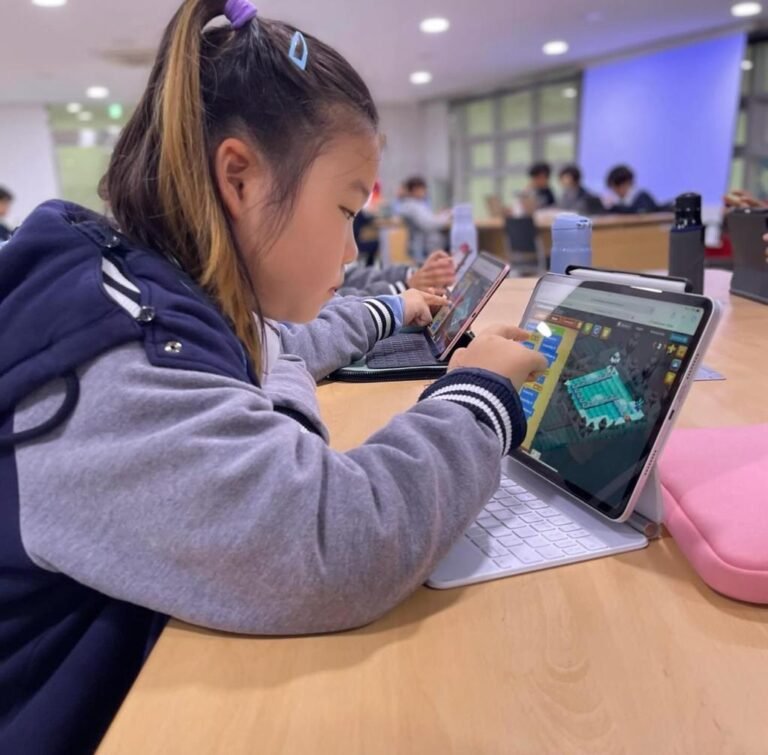Coding has become a foundational skill for the next generation, much like reading and mathematics. Yet, the way it’s taught in many classrooms still feels stuck in the past. Traditional coding education often leans on outdated teaching methods — heavy on theory, light on practice — leaving students disengaged and underprepared for the fast-paced tech world.
As technology evolves, so too must the way we teach it. The future of coding education belongs to models that emphasize hands-on, student-driven learning, and few approaches embody this shift better than competition-based learning.
Where Traditional Coding Education Falls Short
While traditional classes introduce programming concepts, they often fail to inspire genuine curiosity. The most common issues include:
- Passive learning — Long lectures and rigid curriculums with little room for experimentation.
- Minimal real-world context — Students write basic programs without understanding how they apply outside the classroom.
- One-size-fits-all instruction — Little flexibility for different learning speeds or creative approaches.
These methods can discourage students who might otherwise thrive if given the chance to explore, collaborate, and solve real problems.
The Shift Toward Modern Tech Learning Methods
Innovative educational models are now prioritizing:
- Active engagement through interactive projects and challenges.
- Problem-based learning where students code to solve realistic scenarios.
- Peer learning and collaboration, simulating workplace environments.
This evolution is critical because it bridges the gap between academic knowledge and industry readiness.
How Competition-Based Learning Changes the Game
Competition-based learning introduces coding as a dynamic, goal-driven activity. Instead of simply following instructions, students work to:
- Solve timed challenges
- Build creative, functioning projects
- Adapt their solutions under pressure
This approach fosters not only technical mastery but also problem-solving, resilience, and creativity — all essential in modern tech careers.
Codeminator: A Case Study in Innovative Coding Pedagogy
One example of this approach is Codeminator, a global programming competition designed for students aged 10–18. While it’s not a replacement for formal education, Codeminator supplements learning with:
- Real-world coding challenges that mirror professional tasks.
- A student-first learning environment where progress is measurable and feedback is immediate.
- Multiple skill tracks, making it accessible to beginners and advanced coders alike.
Students don’t just learn syntax; they learn how to think like developers — a skill that’s harder to teach in a traditional setting.
For more details on participation and structure, see the Codeminator FAQ.
Why This Model Drives Higher Engagement
Competition taps into intrinsic motivation — the desire to improve, to solve problems, and to win. When students are invested in the outcome, they naturally:
- Spend more time practicing
- Seek out new concepts on their own
- Develop a deeper understanding of the subject
This creates a self-reinforcing learning loop where curiosity fuels skill development, which in turn fuels more curiosity.
Final Thought
The future of coding education isn’t about discarding fundamentals; it’s about reimagining how they’re taught. By combining structure with creativity, and theory with practice, competition-based models like Codeminator are showing what’s possible when we make coding engaging, relevant, and inspiring.



